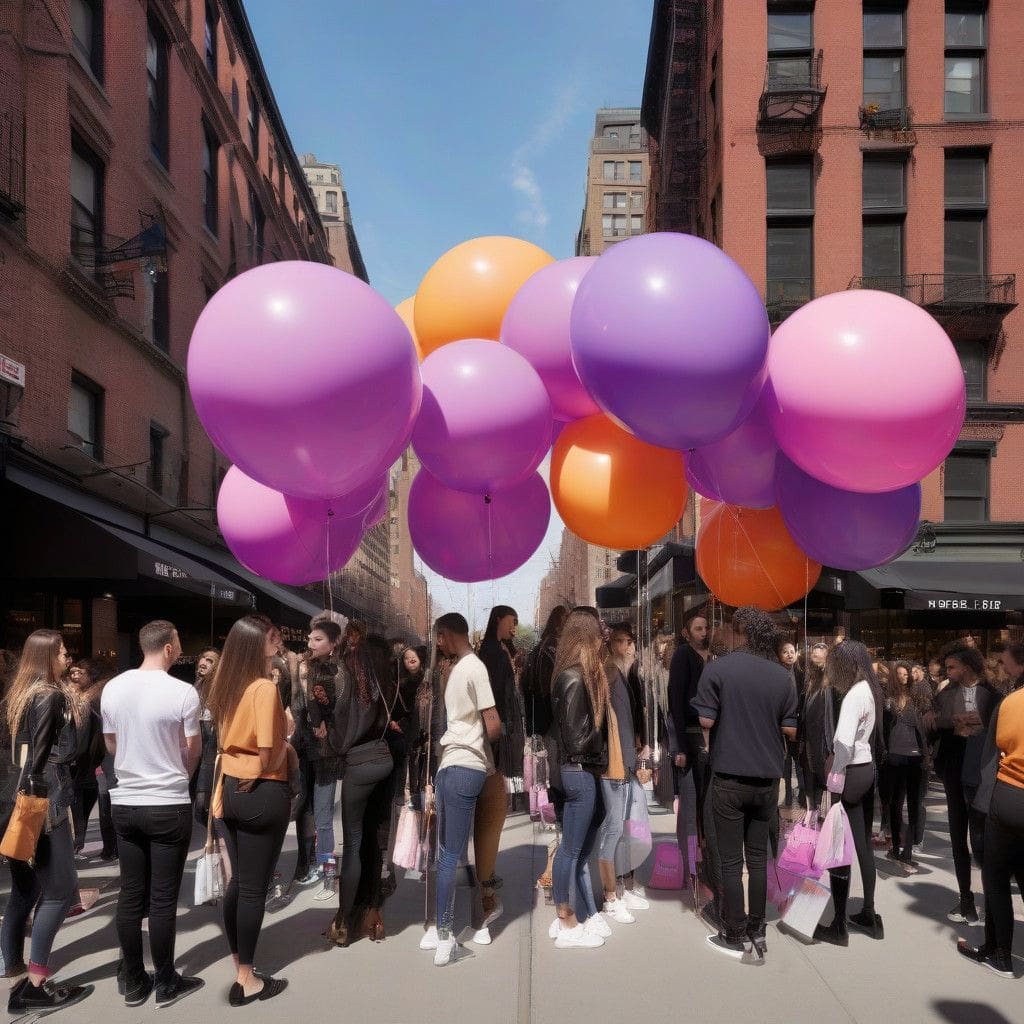The iconic California streetwear brand Stüssy is making a significant return to New York City, setting the stage for a promising revival in physical retail. The brand has secured an expansive 5,600 square-foot location at 50 Prince Street, previously occupied by the beloved bookstore McNally Jackson. This move is confirmed through work permits filed for the site and represents a well-timed response to a growing demand for unique streetwear in the Nolita neighborhood.
Stüssy’s flagship store is positioned among other well-known menswear retailers like Aimé Leon Dore, Noah, and Undefeated, which collectively contribute to Nolita’s emerging status as a prime hub for fashion enthusiasts. The new store follows recent openings in Chengdu and Milan, illustrating Stüssy’s strategic growth in key markets across the globe. While representatives from Stüssy have chosen not to comment publicly on this initiative, the anticipation surrounding the store is palpable.
Stüssy’s history in New York is rich and storied. The brand first launched its New York chapter in 1991, becoming a staple in the burgeoning streetwear scene. James Jebbia, the eventual founder of Supreme, was the store manager during its early days. Fast forward to late 2023, and the brand closed its most recent location in SoHo at 176 Spring Street after 14 years of successful operations. This site had historical significance, being the original home of pioneering streetwear retailer Union. Today, it is the foundation of Denim Tears, a brand by former Supreme creative director Tremaine Emory.
What does this resurgence of Stüssy mean for the streetwear landscape? Despite narratives that streetwear is fading, the reality is more complex. Consumer preferences are evolving, with a notable shift towards diverse wardrobes that blend traditional menswear with casual streetwear, including logo T-shirts alongside luxury offerings. This evolution reflects broader trends in consumer behavior, where individuality and sustainability take precedence over adherence to specific styles.
Stüssy’s reopening is likely to resonate with both loyal customers and new shoppers looking to explore versatile fashion choices. The brand has always been synonymous with the rebellious spirit of youth culture, and a new flagship store in one of the world’s fashion capitals is set to reignite that spirit. While traditional retail faces challenges from online shopping, Stüssy’s unique offerings and in-store experiences could provide the tactile engagement that today’s consumers crave.
Additionally, the new store allows Stüssy to tap into the local cultural zeitgeist. The brand has its roots in surf, skate, and hip-hop culture, making it aligned with the lifestyle trends that continue to define urban environments like New York City. Collaborations with artists, musicians, and other creative figures in the local scene are likely as they aim to foster community engagement, a strategy that could also enhance customer loyalty.
Brand loyalty remains a significant factor in retail success. As the competition grows, it is imperative for brands like Stüssy to not only attract foot traffic but also cultivate a dedicated customer base. This involves curating exclusive releases and events that cater to both the brand’s heritage and the city’s dynamic fashion scene.
In an age where sustainability is increasingly on consumers’ minds, brands that prioritize ethical sourcing and transparency find favor. Stüssy’s commitment to sustainable practices and innovative designs could further entrench its position in the market as consumers become more discerning about where they spend their money.
In summary, the return of Stüssy to New York City represents more than just the opening of a new retail space; it’s a strategic move into an evolving market where consumer preferences are shifting. With its history in the city and a renewed focus on cultural relevance, Stüssy is poised to attract both loyal followers and a new generation of customers. The flagship store at 50 Prince Street is likely to become a cornerstone of Nolita’s fashion landscape, complementing the existing menswear offerings and contributing to the narrative of streetwear’s enduring legacy.












